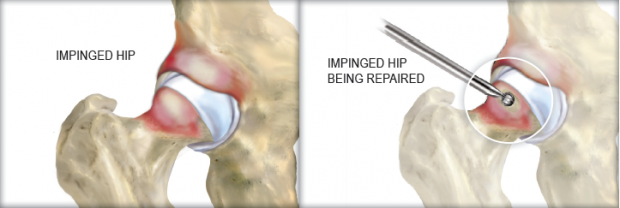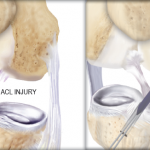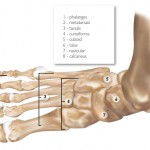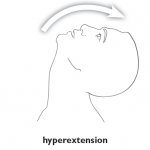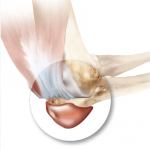Femoro Acetabular Impingement, also known as hip impingement, is characterized as a deformity that occurs in either the femur, hip socket, or both. In a healthy joint, the femoral head and hip socket fit together to produce smooth, pain-free motion. Hip impingement occurs when the top of the femur is not round, or if the front edge of the socket is too prominent and the smooth motion is disrupted.
The condition has been found to begin at birth for many or to develop during childhood. The causes are generally believed to be both genetic and a product of one’s environment. Chances of developing this disorder increase if one is exposed to significant athletic activity or contact sports as a child, before the bones are fully developed.
It may take many years for symptoms of hip impingement to develop. One may experience stiffness and pain in the groin or thigh, inability to flex the hip beyond 90 degrees, and pain after long periods of sitting.
A physician can diagnose the disease by administering a test on the hip for range of motion as well as ordering an X-ray, MRI or CT scan. If pain medications are not enough to relieve your discomfort caused by hip impingement, your physician may recommend arthroscopic surgery.


